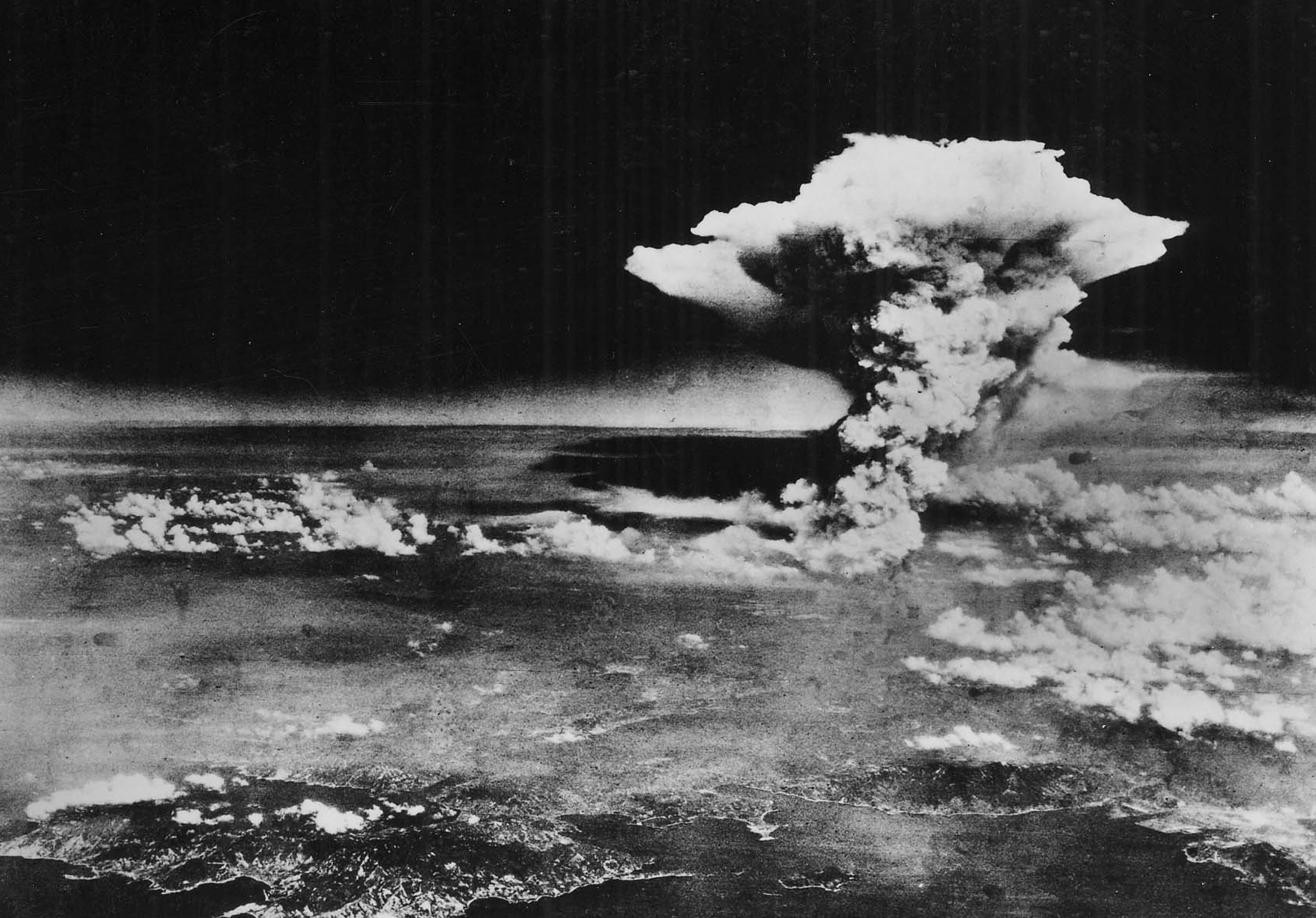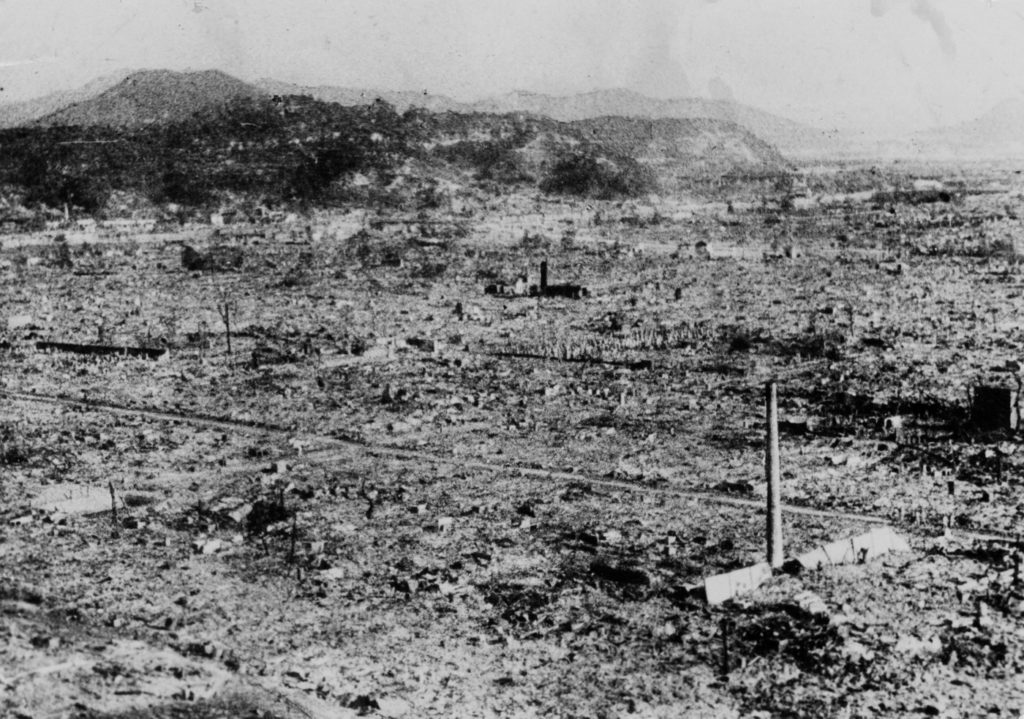
Nagasaki had been permitted to grow for many years without conforming to any definite city zoning plan and therefore residences were constructed adjacent to factory buildings and to each other almost as close as it was possible to build them throughout the entire industrial valley.Charles William Sweeney (Decem– July 16, 2004) was an officer in the United States Army Air Forces during World War II and the pilot who flew Bockscar carrying the Fat Man atomic bomb to the Japanese city of Nagasaki on August 9, 1945. Many of the smaller industries and business establishments were also housed in wooden buildings or flimsily built masonry buildings. In contrast to many modern aspects of Nagasaki, the residences almost without exception were of flimsy, typical Japanese construction, consisting of wood or wood-frame buildings, with wood walls with or without plaster, and tile roofs. The narrow long strip attacked was of particular importance because of its industries. The city of Nagasaki had been one of the largest sea ports in southern Japan and was of great war-time importance because of its many and varied industries, including the production of ordnance, ships, military equipment, and other war materials. The heavily build-up area of the city is confined by the terrain to less than 4 square miles out of a total of about 35 square miles in the city as a whole.

This mountain spur and the irregular lay-out of the city tremendously reduced the area of destruction, so that at first glance Nagasaki appeared to have been less devastated than Hiroshima. Two rivers divided by a mountain spur form the two main valleys in which the city lies. The main commercial and residential area of the city lies on a small plain near the end of the bay. Nagasaki lies at the head of a long bay which forms the best natural harbor on the southern Japanese home island of Kyushu. Hiroshima thus had approximately the same number of people as the city of Providence, R.I., or Dallas, Tex. This figure is based on the registered population, used by the Japanese in computing ration quantities, and the estimates of additional workers and troops who were brought into the city may not be highly accurate. At the time of the attack the population was approximately 255,000. The population of Hiroshima had reached a peak of over 380,000 earlier in the war but prior to the atomic bombing the population had steadily decreased because of a systematic evacuation ordered by the Japanese government. This exceptionally strong construction undoubtedly accounted for the fact that the framework of some of the buildings which were fairly close to the center of damage in the city did not collapse. Some of the reinforced concrete buildings were of a far stronger construction than is required by normal standards in America, because of the earthquake danger in Japan. The city as a whole was highly susceptible to fire damage. Many of the industrial buildings also were of wood frame construction. The houses were of wooden construction with tile roofs. Outside the center, the area was congested by a dense collection of small wooden workshops set among Japanese houses a few larger industrial plants lay near the outskirts of the city. The center of the city contained a number of reinforced concrete buildings as well as lighter structures. To quote a Japanese report, "Probably more than a thousand times since the beginning of the war did the Hiroshima citizens see off with cries of 'Banzai' the troops leaving from the harbor." The city was a communications center, a storage point, and an assembly area for troops. It contained the 2nd Army Headquarters, which commanded the defense of all of southern Japan. Hiroshima was a city of considerable military importance. 75% of the population was concentrated in the densely built-up area in the center of the city.

There was no marked separation of commercial, industrial, and residential zones. Of a city area of over 26 square miles, only 7 square miles were completely built-up. A single hill in the eastern part of the city proper about 1/2 mile long and 221 feet in height interrupted to some extent the spreading of the blast damage otherwise the city was fully exposed to the bomb. The city is almost entirely flat and only slightly above sea level to the northwest and northeast of the city some hills rise to 700 feet. The city of Hiroshima is located on the broad, flat delta of the Ota River, which has 7 channel outlets dividing the city into six islands which project into Hiroshima Bay.


 0 kommentar(er)
0 kommentar(er)
